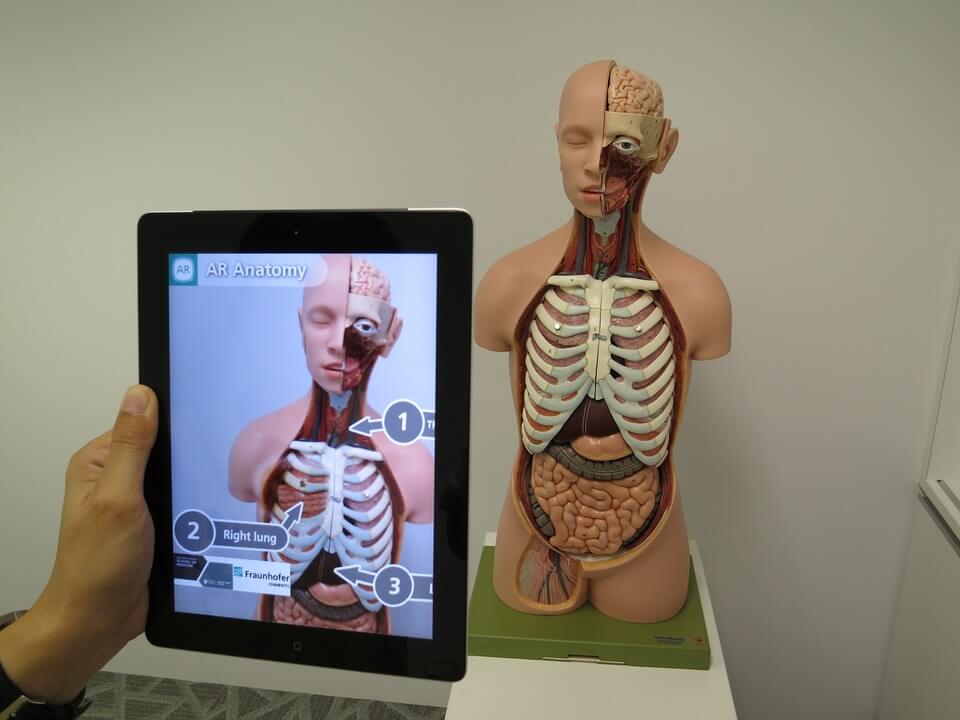Empowering workers with Augmented Reality
Table of Contents
Augmented Reality (AR) is a major technological trend at present. While gaming companies are using it more and more, many high-profile companies have begun incorporating AR into their workflow.
Because of AR’s integration with companies that are embracing new tech, the global AR market is expected to grow by a compound annual growth rate of approximately 97%. Analysts predict that in the near future, AR will become a necessary workplace tool.
Healthcare
Some hospitals around the world are now using AR as a training simulator to help students perfect surgeries. Visual simulation along with force feedback, allows doctors to experience realistic surgical procedures without the need to practice on an actual human body. There are several firms that develop software for medical AR including Medical Realities and the US-based tech company ImmersiveTouch. Of course, actual surgery still differs slightly from virtual simulation but AR is a cost-effective and safer alternative to train surgeons, dentists, physical therapists, and paramedics. The actual interactions in AR are more immersive and educational, as opposed to watching videos and reading medical journals.

Virtual training
On the job training is necessary for all organisations. According to a poll conducted by Louis Harris and Associates, approximately 41% of employees with poor training opportunities said that they wanted to leave their job within a year, compared to the 12% of the people who had excellent training opportunities. In addition, a study by the American Society for Training and Development revealed that good investment in employee training enhances business revenues. Because of the aforementioned studies, more companies are now investing in workforce development, with budgets increasing by over 15% every year on average.
AR Applications
VR and AR platforms have different applications, which is why they are so versatile when it comes to overhauling workflows regardless of the department or environment. Imagine office employees who suddenly come across a new piece of equipment such as an Electronic Logging Device or ELD. An ELD impacts how logistics businesses are ran, and companies worldwide are now using this technology to track an employee’s hours of service (HOS).
The common practice in the workplace is that employees who know how to use a new technology such as ELDs, train their peers in the best practices. The problem with this setup, however, is the long hours spent training new employees every time they need to learn how to use the technology. If companies learn how to utilise AR for training personnel, businesses will be able to allocate those work hours to more important tasks. There may not be an AR training software for ELD as of the moment, but there are certainly companies who specialise in Augmented Reality working on similar solutions to customise software such as Contus.
AR technology has matured into portable, lightweight, and user-friendly pieces of equipment. The latest AR applications, especially those that are intended for public use, are not complicated to set up, and, once installed, require minimal support from people.
AR is being leveraged in more offices to help empower workers across different fields. For example, engineers will no doubt use wearables in the future to gain access to real-time checklists, work manuals, and interact with objects hands-free. In healthcare, the advantage AR brings is boundless through realistic simulations and is already being used for training purposes.
The possibilities that AR will soon be integrated into offices around the world are very high. It’s already proven to be a very informative, cost-effective and immersive tool that provides learners an altogether wonderful educational experience.

Exclusively written for VIEWAR by Jen’s Tech World